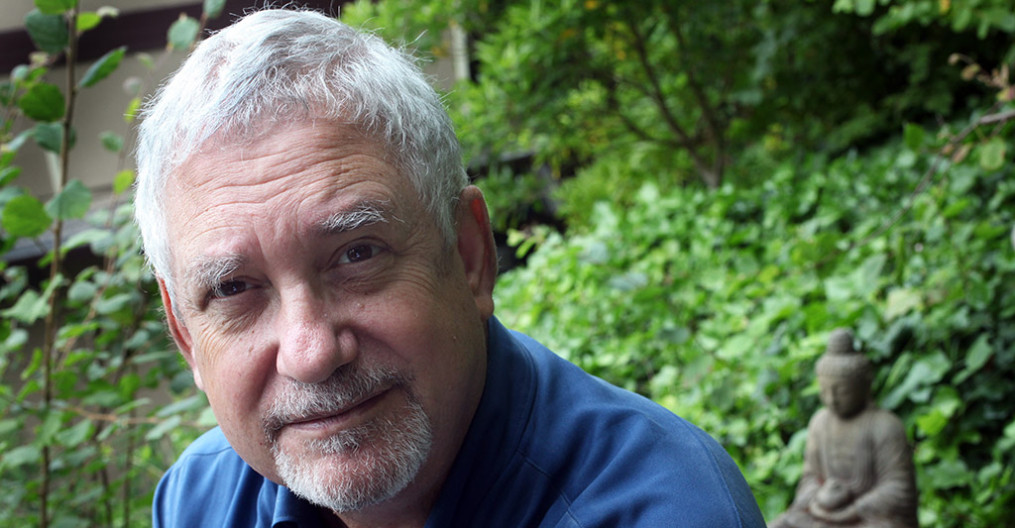As I write this, truckers in Canada are still blocking streets in Ottawa; they were blocking the critical Ambassador bridge connecting Detroit and Windsor, Ontario but that has now been cleared. By the time this is published the dispute may have been resolved, but I am not as interested in the ostensible reason for the protest—the requirement in Canada that all truckers entering the country be vaccinated against Covid—as in the method of protest, using huge trucks to block the highways. That is rather new, and it is already being imitated in other countries. What struck me about this situation is that this method is only the latest of many creative ways protestors (and others) have discovered to disrupt the complexity of our interconnected world—from ransomware and cyberattacks on infrastructure to email phishing, flash retail theft mobs, and phone scams. The more complex the society, it seems, the more susceptible it is to disruption.
Where did this all start? It’s hard to say, but what comes to my mind is graffiti. When I was a teenager there was little or no graffiti. There was some graffiti in the mid-twentieth century, but it wasn’t until the invention of the paint spray can that it really took off, starting in the New York subways in the 1970s. Some graffiti has real artistic merit, but is a world where public spaces are covered with graffiti of all kinds a world we really want? Is this really freedom? Freedom: there’s a word that has been co-opted to justify virtually anything that anyone wants to do. The truckers in Canada are expressing their freedom, they say. So are people who refuse to wear masks in the supermarket—and in a few horrific instances, who then shoot the retail clerk that asked them to put a mask on.
One expression of all of this rebellion is the so-called “sovereign citizen’s movement.” Sovereign citizens, according to the Southern Poverty Law Center, “believe that they – not judges, juries, law enforcement or elected officials – should decide which laws to obey and which to ignore.” One can only speculate what life would be like if everyone—not just a few—decided to be sovereign citizens. In a slight non sequitur, I’ve been reading recently about social structure among gorillas. Gorillas—although extremely powerful 400 pound primates—are actually gentle and peaceful, with little overt conflict. A “troop” of gorillas is led by a single leader, termed a silverback, who settles disputes, mediates conflict, and makes sure that harmony is maintained. Harmony is critical; gorillas are quite capable of killing each other, and should things get out of hand, the troop would be decimated, co-operation would cease, and no-one would survive. In other words, gorillas have figured out something we modern humans apparently haven’t—how to act and behave as individuals in a way that supports the flourishing of the whole group. Or it may be that early humans, living in small groups, lived something like gorillas, and our modern societies suffer from a massive problem of scale. There are no sovereign citizens among the gorillas—or if there are, they are quickly expelled. One might argue that gorilla society is a benevolent dictatorship and not a worthy model for an enlightened human society. But their social structure works, which is saying something.
All of this is not to deny the right to protest against injustice or oppression; the Gandhian independence movement in India or the civil rights movement here in America showed us that such protest is sometimes necessary, and often quite effective. Even Justin Trudeau, the Prime Minister of Canada, acknowledged the truckers’ right to protest in a democratic society. It seems that we may be entering a phase of renegotiating and re-inventing the basic building blocks of a workable society where we are each protected from oppression, threat, and disruption while our individual rights are still preserved. It’s a precarious balance. Tom Friedman wrote a recent New York Times op-ed entitled “America 2022: Where Everyone Has Rights and No-one Has Responsibilities.” That’s it, in a nutshell.
Tomorrow, or next week, the crisis of the Canada truckers may go away, but some other group will undoubtedly come up with another creative new way to bring the complexity of the world we have constructed to a crashing halt. Whether we agree or disagree, whether we want to be a part of it or not, we will be forced to endure the repercussions. And so it will go, week after week, month after month, until out of all this chaos some fragile new consensus may emerge about how it is we want to live together. Or not. Civil war is another possible outcome.
We can only wait with equal parts curiosity and trepidation to see what will happen next.

Thoughtful article, Lewis. I agree with your ambiguous conclusion. Very hard to know which way we are going as a society and as a country–and the world. But right now I’m rather discouraged!
Well-observed. Thank you.